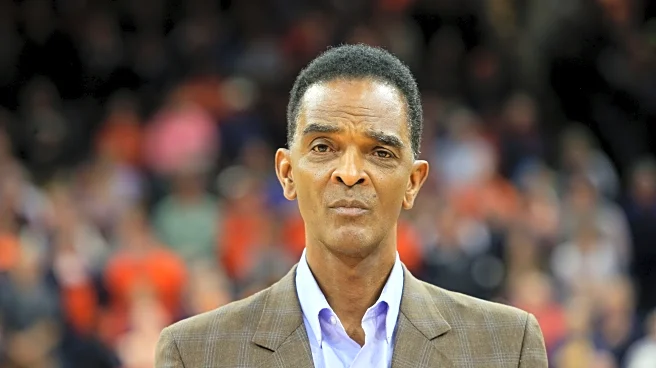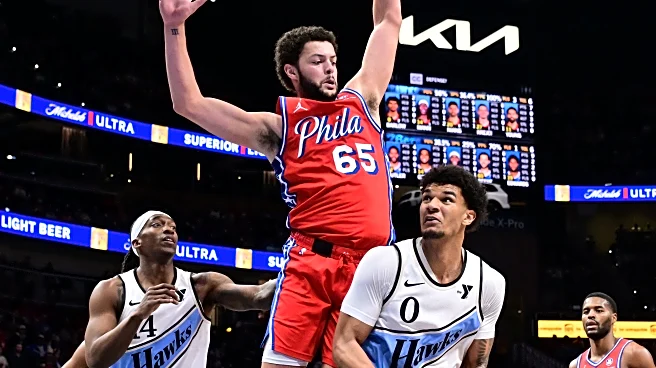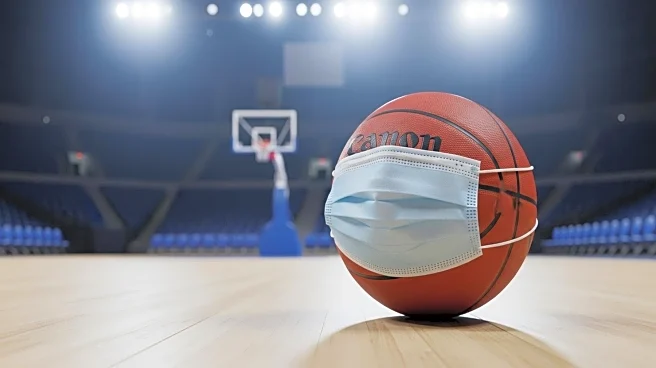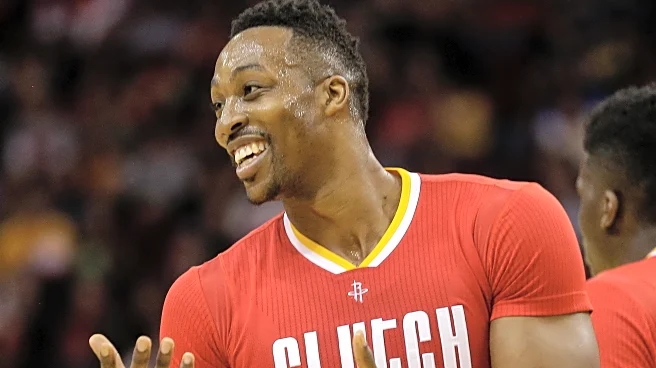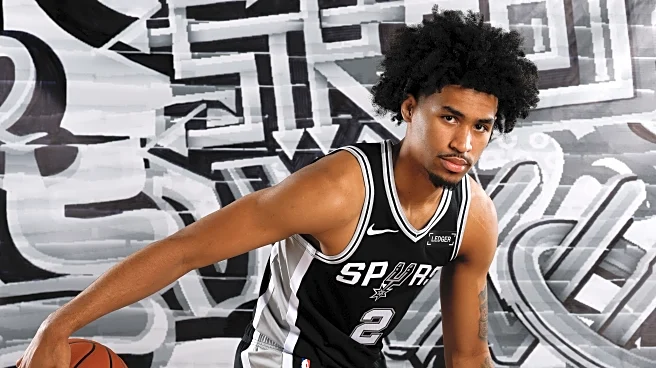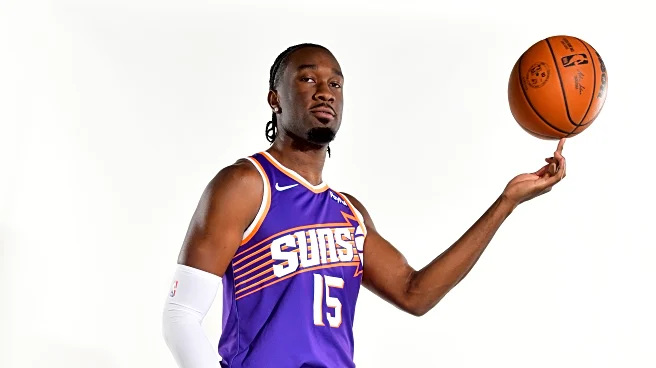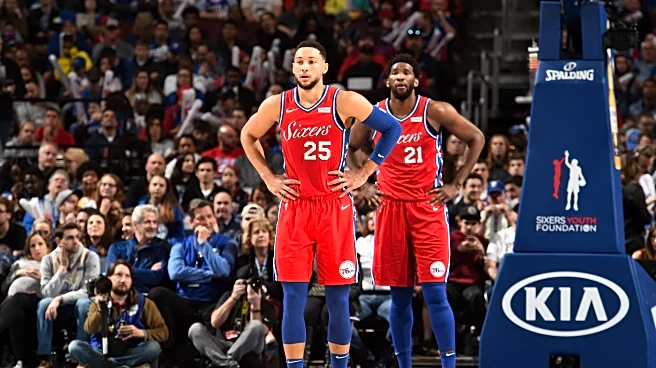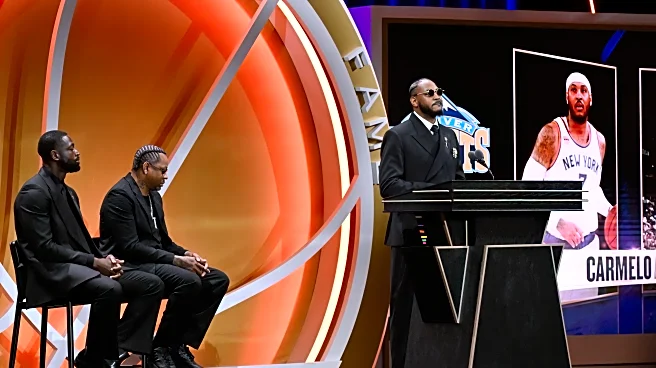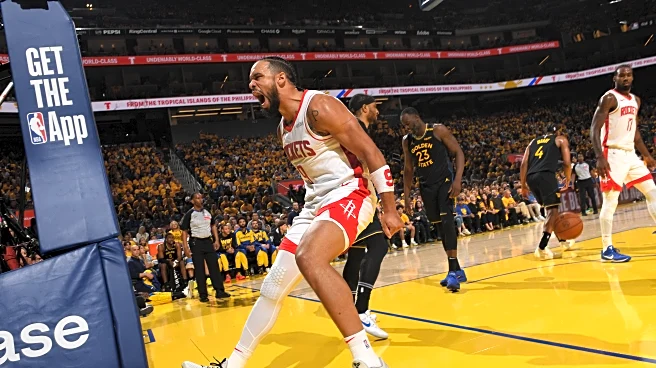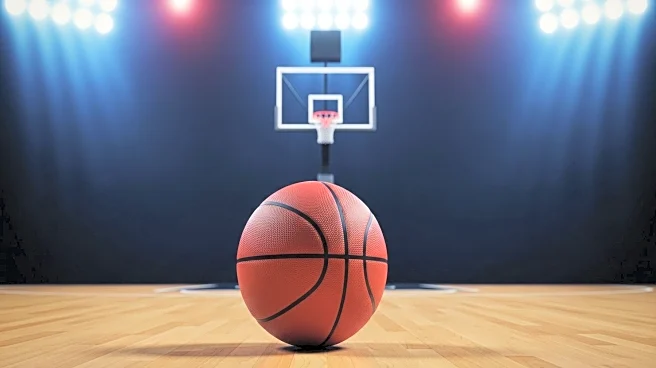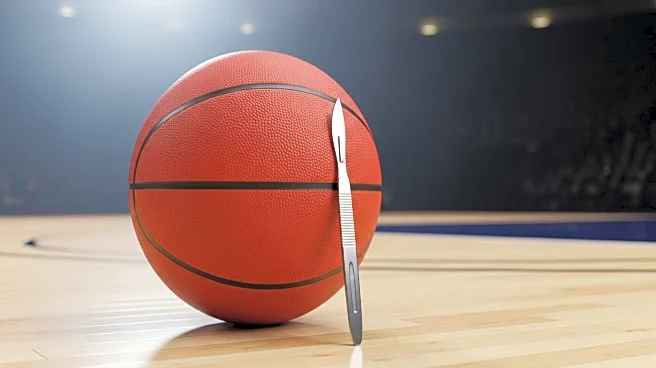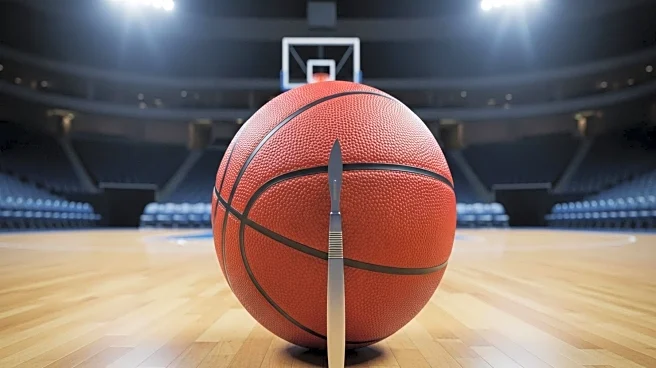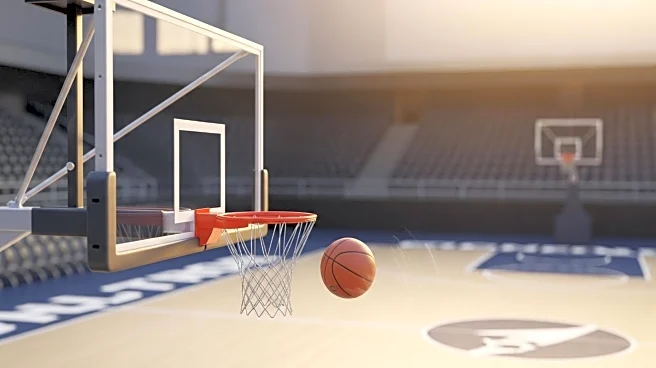
Ralph Sampson said a whole lot about what he could do in today NBA, and that Victor Wembanyama is the second coming of him in his late August interview with ClutchPoints’ Tomer Azarly. He’s likely not far off estimating what he could do and is correct about the latter.
“I could have played in this era for sure and I would probably dominate the game more than I dominated the game in the past. 30 and 20. Easy. They say I’m Wemby, the first, he’s Wemby, the second. But I’m Ralph the first, he’s Ralph the second. I could post-up,
I could dribble, and I could shoot outside. We didn’t shoot many 3s when I played, but I’m sure my mindset would’ve been really tough to play and would’ve been at an elite level of the game.”
Averaging 30 points and 20 rebounds might sound hyperbolic, but one reason why Sampson would have an edge today is because the game has changed and players are encouraged to test the norms. In the past, Sampson playing from the outside agitated his coach, Bill Fitch, because he thought it was a waste of his size. In the present, he’d be told to practice 3-pointers to take advantage of when defenses overload the lane. With respect to Brook Lopez, if he can teach himself to hoist from long-range so can the most talented bigs in history.
Sampson would be taking the ball up court after a defensive rebound more today, being a threat to score and pass as well. Another reason he’d be better is that a good chunk of the talented centers today like Bam Adebayo, Karl-Anthony Towns, Domantas Sabonis and Jarrett Allen would be power forwards in the ‘90s and prior. It doesn’t mean they are unskilled; many are just smaller and at a severe disadvantage against elite size plus skills because they don’t have power like David Robinson, Alonzo Mourning, Patrick Ewing, Shaquille O’Neal, and the list could go on.
Sampson was the type of marvel you couldn’t take your eyes off, just like Wembanyama. He was the best player in Game 3 of the 1986 Finals, killing the Celtics because he was too big, strong and talented to stop when pissed off. Spurs fans have seen glimpses of similar weaponry and what’s to come after Wemby’s stellar two seasons.
At the least, averaging 30 points and 15 rebounds today seems reasonable for Sampson. Don’t forget that playing next to Olajuwon ate into his touches. Don’t doubt Wemby, who is just as talented, or if not more, will eventually do something like that when he gets stronger.
Before Sampson’s left-knee injury in 1987, the Rockets were the reigning West champs, and he was the second-best player behind Olajuwon. His story is a reminder that health is fragile. Of course, the Rockets were severely weakened, losing Mitchell Wiggins and Lewis Lloyd to drug bans in 1987, but if Sampson hadn’t gotten hurt, Houston still would’ve had a puncher’s chance with him next to Olajuwon. He was supposed to be one of the guys who carried the torch of great big men forward, but he got unlucky.
Every era is littered with names who should have been all-timers. Sampson, along with Bill Walton, Derrick Rose and Maurice Stokes are some of the biggest in NBA history.
Aside from the physical comparisons with Wembanyama, Sampson understands somewhat what life is like for him because back in the ‘80s, he knew about hype. So much was expected of him then that Dr. Jerry Bus wanted to draft him in 1982 as Kareem Abdul-Jabbar‘s replacement, but he turned pro a year later. The same Abdul-Jabbar, who would help the Lakers win three more championships.
Sampson saying Wemby is the second coming should not be taken as a retired guy trying to stay relevant with a controversial statement or a slight. He gave Wemby the stamp of respect and presumably expects big-time stuff from him.
